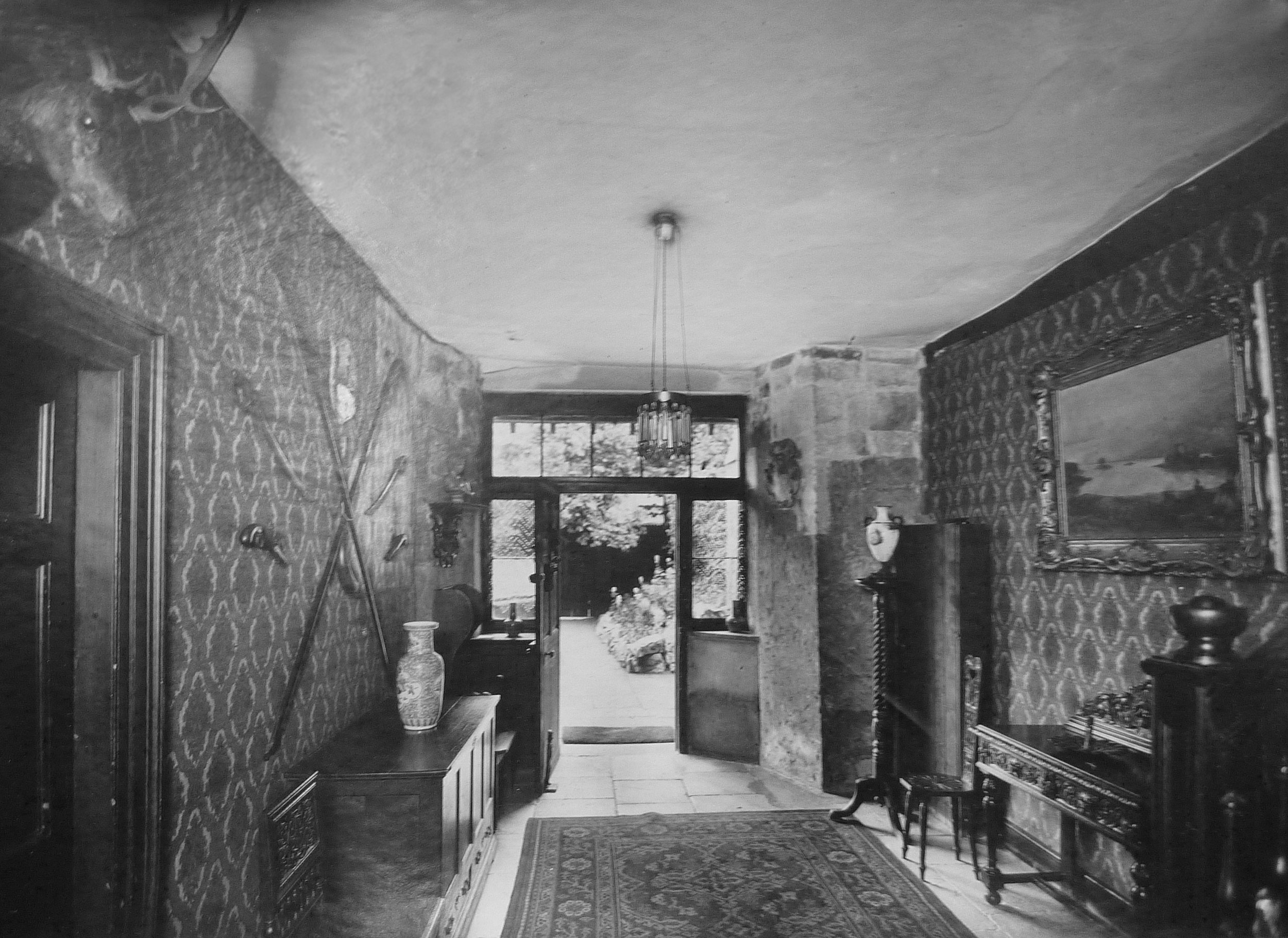founded in 1239




The Gloucester Blackfriars was founded in 1239 on a site that had once been part of a Norman castle. The Black Friars were of the Dominican order founded in 1217 by St Dominic to fight the twin evils of 'heresy and doubt'. The friars acted as teachers and evangelists, and they would either travel around the countryside or live together in urban friaries. The monks that lived at Blackfriars had to take on traditional monastic vows of poverty, chastity and obedience; they would have attended church nine times a day unless excused. King Henry 3rd then became a major benefactor and patron of the friary and made the decision to grant timber for the roofs from the nearby Forest of Dean and royal forests in Shropshire and Dorset. Much of the original scissor-braced roof trusses and original timber for the floors in the South Range can still be seen in situ today.
The friary continued throughout the next two centuries, the Dominicans acted as confessors to many significant people, they would in turn give generous gifts on the friary in which many of them would be lay to rest. A cemetery was discovered in 1991 and was found to also have women and children buried there have, indicating that Blackfriars may have been operating as a hospital or hospice for the families of benefactors.
The buildings were originally arranged in a way that would have resembled a small monastery; they were in a quadrangular plan around a courtyard measuring approximately 80ft square enclosed by the church on the north side. The nave of the church was specifically designed as a preaching place by friars who delivered orations from a pulpit or lectern. In the fourteenth century north and south transepts were added to the eastern end of the nave together with a timber steeple or lantern placed above the centre of the crossing.
Another important feature of the site is the floor of the South Range; it is said to have 'outstanding significance'. It's the only building in England to demonstrate the construction by the friars of how they made their houses centres of study and training for the expanding order. The South Range survives largely intact; the friar's had a role not only as teachers but also had the distinction of establishing a library. It was built on the first floor where there is a large open room and is divided into study cubicles, or carrels, lit by small windows. This building is generally regarded as the oldest surviving purpose built library in the country.
In the early sixteenth century the house was in decline, it had once housed between thirty and forty friars reduced to a prior and six brethren living in poverty at the time of the dissolution. It was later bought by Sir Thomas Bell, who was mayor of Gloucester and also a wealthy Gloucester capper and clothier. He purchased the property for £240 and remodelled the church into a private dwelling house with other buildings being converted into a cloth manufactory providing employment for over 300 townspeople; making him one of the largest employers of the city. Sir Thomas Bell bought many properties in Gloucester at the time of the dissolution of the friaries.
Remodelling
The western end of the nave was shortened in the sixteenth century by Sir Thomas Bell during the conversion of the church into a mansion that also necessitated the removal of the narrow side aisles and the installation of new floors, windows and fireplaces. The fireplace that is built into the west wall probably came from the Prior's Lodgings. The chancel truncated at its eastern end by Bell, would initially have comprised a choir and presbytery. Above the vestry door in the south wall are the remains of the fine Early English arcading that would have originally decorated much of the chancel. Thomas Bell died in 1566 the property then passed into the hands of the Dennis family who held it until the late seventeenth century.
20th Century
In the 1990's parts of the cloistral ranges were turned into dwellings and other buildings housed a wool-stapler and a stonemason's workshop. The North Range was then leased to an independent church in 1780 and by the early nineteenth century a private school has been established there. The west range, substantially altered in the early nineteenth century to form three houses facing onto Ladybellegate Street, this originally housed the friar's refectory; where they all would have eaten together.
In the 1930's Bell's mansion had been divided into two separate houses and other tenants of the site included a printing firm and a mineral water manufacturer. Restoration of the building then began in 1960 under the direction of the Ministry of Works. The building is currently owned by English Heritage and has undergone restoration work. Gloucester City Council took over the lease of Blackfriars in spring 2012 and since then it has been used for weddings, concerts, exhibitions, guided tours, filming, educational events and private hires.

